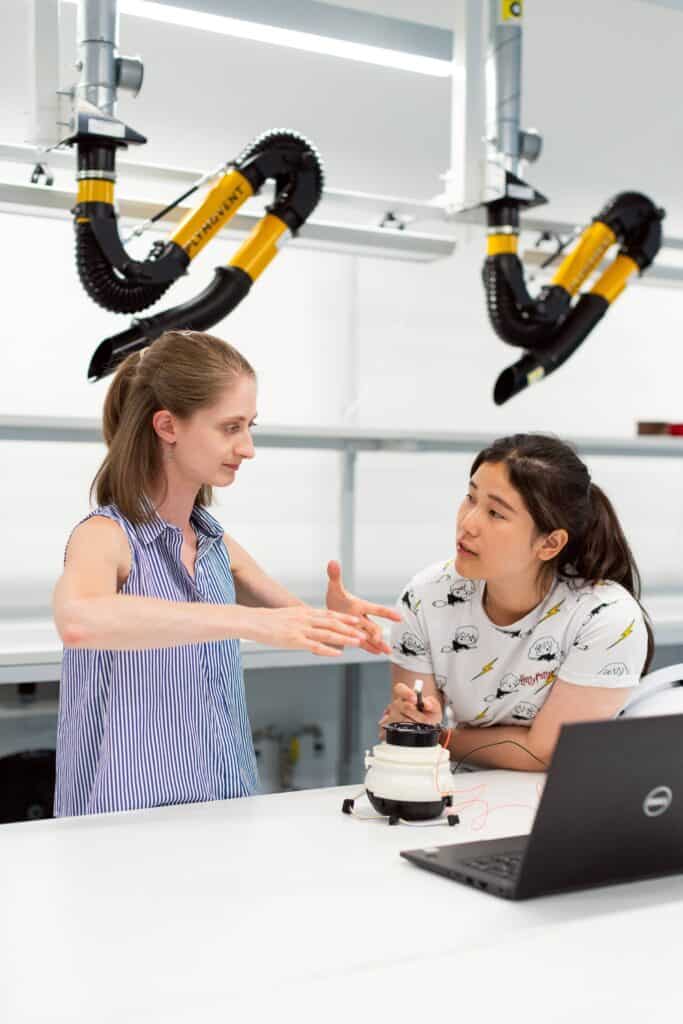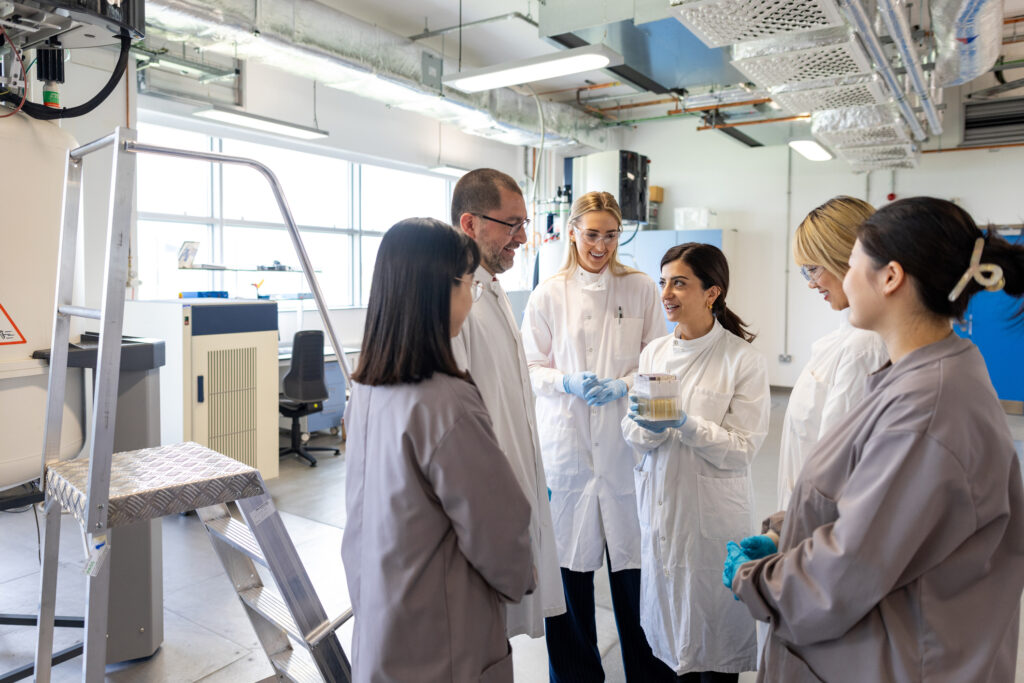We take a look at the STEM subject choices of this year’s A level and GCSE cohorts
A level and GCSE results analysis 2022
26 Aug 2022
After a challenging few years, this year saw the return of A level and GCSE exams in person for the first time since 2019. We look at the number of students who chose to take A levels and GCSEs in STEM-related subjects.
STEM subjects remain popular A level and GCSE choices
It is encouraging to see that STEM subjects remain popular choices amongst pupils. At GCSE, approximately 43% of all exams sat are in STEM subjects, and at A level this is 44%. Five of the top ten most popular A level subjects include mathematics (11.3% of entries), psychology (9.3%), biology (8.5%), chemistry (6.9%) and physics (4.7%). Maths remains the most popular A level subject overall.
Despite remaining top choices overall, maths, chemistry, and physics saw a small drop in entry numbers this year compared to 2021 (a reduction of 2%, 1.8% and 2.4%, respectively). The decline in physics and maths entries could be indicative of the continued challenge of retaining skilled teachers in these subjects. In our Inspiring Innovation report, we highlighted that quality of teaching has a major impact on student outcomes. In contrast, the number of students taking psychology saw a sharp increase (up by 10.5% compared to 2021), and it remains the second most popular subject overall. 

At GCSE, entries for both the core curriculum (maths, physics, biology and chemistry) and non-core curriculum (which includes subjects like computing, social sciences and design and technology) have stayed level compared to 2021, with 39.2% and 4.4% of entries respectively. 

Female STEM entries
For the first time, overall STEM entries by girls overtook boys slightly, with 2022 A-level STEM entries breaking into 50.1% female and 49.9% male. This year also continued to see girls outnumber boys in ‘core sciences’, with 52% of female students enrolled in biology, chemistry and physics collectively.
However, when we take a closer look, there are still large differences in take up between subjects. Psychology and biology remain the most popular scientific subjects amongst girls, with girls also accounting for almost 56% of chemistry students. In contrast, physics and computing still have some of the lowest proportions of female students, at 23% and 15% respectively. However, it is encouraging to see that girls are increasingly taking an interest in computing, with the number of girls sitting the exam reaching over 2000 this year (an increase of 15% from 2021).


At GCSEs, girls made up 47% of total STEM entries. This year largely saw a continuation of trends from previous years, with the mandatory core sciences showing a 50:50 split and non-core sciences showing large differences in take up between girls and boys.


It is heartening to see an increasing number of girls studying STEM subjects year on year. However, it is clear that more needs to be done to address the persistent gender divides in many STEM subjects. Strengthening science education will also require a better understanding of variation in STEM uptake across different regions and school types. The UK’s endeavour to become a more research-intensive nation will require more young people to take up careers in science and engineering. From our previous work we know that a more diverse workforce leads to better outcomes.
Related resources

CaSE’s look at the UK Government’s plans for Further and Higher Education in England in the post-16 Education and Skills white paper.

Recent work by CaSE shows how supportive voices can talk about immigration for the UK R&D sector in a way that resonates with the public.

In this briefing CaSE has collated insights from 15 research organisations demonstrating the barriers they face in the UK visa system.

CaSE has taken a look at what the latest numbers of students taking A-levels, GCSEs, Scottish Highers and Advanced Highers in STEM-related subjects means for ongoing trends in STEM education.